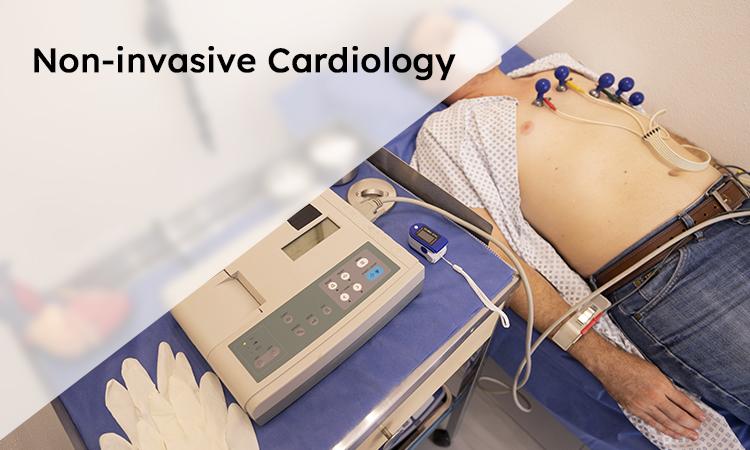
Echocardiogram (Adult Congenital)
| Test Name: | Echocardiogram (Adult Congenital) |
|---|---|
| Test Component: |
An echocardiogram is a non-invasive diagnostic test that uses ultrasound waves to create images of the heart's structure and function. It can provide information about the size, shape, and movement of the heart, as well as the flow of blood through the heart's chambers and valves. |
| Testing Cut-off Time: | - |
| Methodology: | · Who is it suitable for? The test is generally considered safe and has no known side effects. It is non-invasive and painless, and there is no exposure to radiation. However, as with any medical procedure, there may be a small risk of complications for some patients, such as an allergic reaction to the ultrasound gel, or a rare risk of complications from the use of contrast dye. · Is it safe? If you have any concerns or questions about the safety of an echocardiogram, you should speak to your doctor or healthcare provider. They can provide you with more information about the procedure and help you weigh the potential benefits and risks of the test. . |
| Description: | Non-invasive cardiology is an important field in the diagnosis and treatment of heart disease, as it allows doctors to accurately assess the health of the heart and blood vessels without the need for invasive procedures. This can help doctors to detect heart disease early, as for why we should care about non-invasive cardiology, heart disease is one of the leading causes of death worldwide. Non-invasive cardiology techniques play a vital role in the prevention, diagnosis, and treatment of heart disease, helping patients to live longer, healthier lives. By promoting non-invasive cardiology, we can improve access to high-quality heart care and reduce the burden of heart disease on individuals and society as a whole.. |
| Collection Instruction: | Non-invasive techniques do not involve surgery or the use of needles, fluids and catheters. Analyze and diagnose heart conditions using various tools and techniques like nuclear cardiology, echocardiography, cardiac electrophysiology, stress tests and heart monitors. |
| Department: | Diagnostics |
| TAT: | - |
| REQUISITIONS AND CLINICAL PREREQUISITES: | Noninvasive cardiology is cardiology that doesn't require the cutting or piercing of your skin. Usually, this focuses on the use of procedures to diagnose heart problems, such as: Chest x-rays. Electrocardiogram (EKG / ECG) Echocardiography. |



